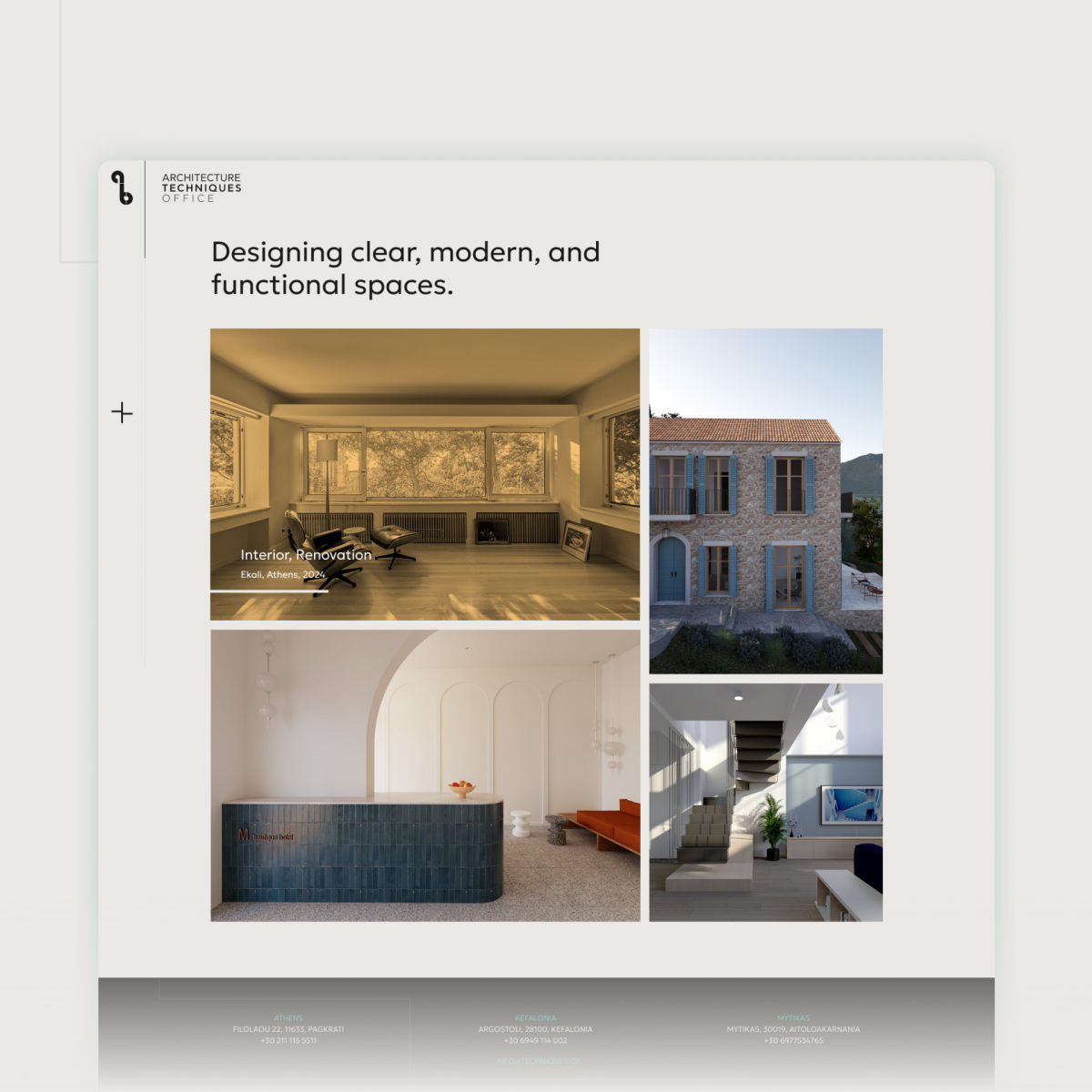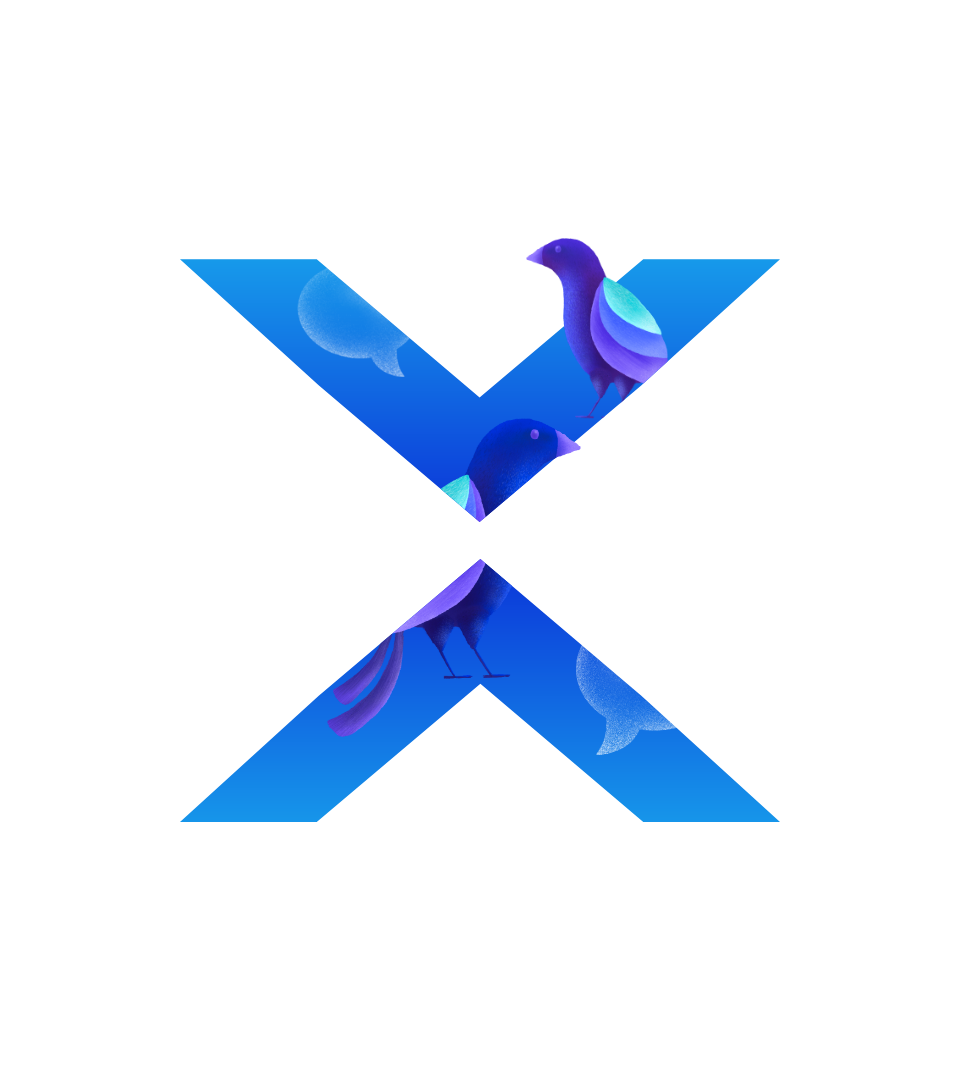Unveiling Exclusion: The Design World's Neglect of Neurodiversity and Disability
As a neurodivergent designer myself, I have witnessed firsthand the neglect of neurodiversity and disability in design practices. We often overlook the needs of individuals who do not fit into the mold of able-bodied and neurotypical standards. User Experience and Interface designers hold a large part in discontinuing the systemic issues that perpetuate exclusion within the design industry. By prioritizing inclusivity in our design processes, we have the power to challenge traditional norms and advocate for the needs of diverse users. This means actively considering the experiences of individuals with disabilities and neurodivergent traits throughout every stage of the design lifecycle—from research and ideation to prototyping and testing. After all, true innovation lies in designing solutions that are accessible to all, and user-centric design must advocate for the creation of products that are truly equitable and empowering for all.
Understanding Neurodiversity
Neurodiversity is a scientific concept arising from brain imaging. A number of brain studies have shown that people with learning or thinking differences are “wired” differently than their peers. Neurodiversity as a notion acknowledges the inherent variability in cognitive function among individuals. It encompasses a wide spectrum of neurological conditions and mental health challenges, highlighting the diverse ways in which people's brains work.
By recognizing and embracing neurodiversity, we detract from pathologizing these differences to celebrating them. Instead of recognizing and accommodating the diverse needs of neurodivergent individuals, society has prioritized conformity to a narrow set of norms, assuming that "fixing" or "normalizing" neurodivergent traits would be the best thing to do. However, true progress lies in shifting the focus from changing individuals to transforming society as a whole.It's essential to cultivate awareness of these differences and prioritize understanding and accommodation for neurodivergent individuals rather than solely catering to neurotypical norms. This encourages us to design environments, products, and experiences that are inclusive and accessible to all, regardless of neurocognitive differences. By being more aware of the diverse needs and perspectives of neurodivergent individuals, we can create a more equitable and supportive society.
Designing with Empathy
To truly create inclusive and usable products, we must shift our perception of usability. Our current standards cater primarily to those who think and process information in a "typical" way, unintentionally excluding those who may have different cognitive styles or abilities. As designers, it is our responsibility to empathize with the diverse range of individuals who will interact with our products.
This involves conducting thorough user research, not just within our target demographic, but also with a more diverse audience. By conducting interviews, surveys, and observations, we can uncover valuable insights that inform our design decisions. It's important to always keep in mind the real users behind each persona we create, ensuring that their characteristics accurately reflect those of individuals and not just stereotypes.
Creating inclusivity should not be seen as an extra task, but rather something that is integrated into our design process from the beginning. We should strive to make our workflows naturally inclusive, so that everyone can engage with our products and services fully.
Digital Barriers
Autistic and ADHD individuals often stumble upon challenges when navigating web pages and apps, due to design elements that may overwhelm their sensory sensitivities or impair their ability to focus and process information. For example, a website with a cluttered layout featuring numerous images, flashing animations, and multiple competing calls to action can easily be overwhelming. The sensory overload induced by such a design can lead to heightened anxiety and difficulty in discerning relevant content amidst the visual noise.
Similarly, ADHD individuals may struggle with websites or apps that lack clear organization and hierarchy. A webpage with dense blocks of text, inconsistent navigation menus, and an abundance of distracting advertisements (a very common occurrence actually) can make it challenging for someone with ADHD to maintain focus and sustain attention on the task at hand, ultimately leading to disengagement from the site or app.
Moreover, websites or apps that rely heavily on timed pop-up notifications or autoplay videos can pose significant challenges, as these elements can easily distract and shift focus from the user’s goal.
In addition to these specific design challenges, the lack of accessibility features such as alt text for images, keyboard navigation options, or customizable settings further exacerbates the barriers faced by neurodivergent individuals. Without these accommodations, neurodivergent individuals may struggle to fully engage with digital content, leading to feelings of frustration, exclusion, and disempowerment.
We must also take into consideration the needs of individuals with sensory processing disorders when creating digital content. Sensory processing disorders can cause individuals to be highly sensitive to certain stimuli, such as bright lights, loud noises, or specific textures.
Exploring Solutions
To address these challenges, the first step would be incorporating feedback from neurodivergent individuals. This way we can gain valuable insights into the barriers they face and identify opportunities for improvement. Collaborating directly with neurodivergent individuals throughout the design process ensures that their perspectives are central to the decision-making process while also valuing their input and expertise. Additionally, incorporating user feedback and conducting usability testing with neurodivergent individuals is crucial in identifying potential barriers and refining design solutions.
As UX designers, we must prioritize inclusivity and accessibility in our design practices. This may involve simplifying website layouts, minimizing visual clutter, providing clear navigation cues, and offering customizable features that allow users to tailor their browsing experience to their individual needs. We should strive to create a calming and user-friendly interface by avoiding jarring visual or auditory elements that could cause discomfort or anxiety.
Designers must also pay attention to color choices, as certain color combinations can be particularly jarring or difficult to process. Bright, clashing colors or harsh contrasts can be overwhelming and distracting, making it challenging for users with sensory sensitivities to focus on the content of a website or application. On the other hand, muted or harmonious color palettes can create a more calming and visually balanced experience that is easier to navigate.
Moreover, the use of icons and imagery should be carefully considered to ensure they are clear, intuitive, and universally understood. Abstract or ambiguous visuals may be confusing for users who rely on visual cues to interpret information, leading to frustration and misinterpretation of content. By utilizing recognizable symbols and straightforward graphics, designers can enhance the usability and accessibility of their designs for all users.
Adhering to existing accessibility standards and guidelines, such as the Web Content Accessibility Guidelines (WCAG), is a great step towards ensuring that digital products and environments are accessible to users with disabilities, including neurodivergent individuals. WCAG provides a comprehensive set of guidelines for making web content more accessible, covering aspects such as perceivability, operability, understandability, and robustness. By following WCAG guidelines, designers can ensure that their designs are compatible with assistive technologies such as screen readers, voice recognition software, and alternative input devices. However, we must also put in the work in our UI design processes. To ensure design teams are on the same page, a solution could be the development of sensory-friendly design guidelines. These guidelines should emphasize clear visual hierarchy, limited use of distracting animations, and customizable settings to accommodate individual sensory preferences.
At last, designers should advocate for greater representation of neurodivergent individuals in the design industry and beyond. This involves actively promoting diverse voices and perspectives in design education, professional organizations, and industry conferences. By amplifying the voices of neurodivergent designers and advocates, designers can raise awareness of the unique needs and challenges faced by neurodivergent individuals.
In conclusion
As a member of the design world, I recognize and am determined to address the pervasive neglect of neurodiversity and disability within our practices. Despite advancements in technology and design thinking, exclusionary trends persist, hindering the creation of truly inclusive and accessible products and environments. It is our responsibility as web designers to prioritize inclusivity in our design processes and challenge the status quo. By centering the needs of neurodivergent individuals and advocating for greater representation and accessibility, we can help pave the way for a more equitable and supportive society where diversity is celebrated and everyone's needs are valued and respected. Through empathy, collaboration, and a commitment to continuous improvement, we can dismantle systemic barriers and create a design industry that truly serves the needs of all users, regardless of neurocognitive differences.









